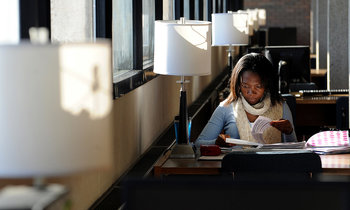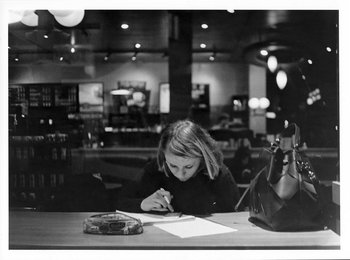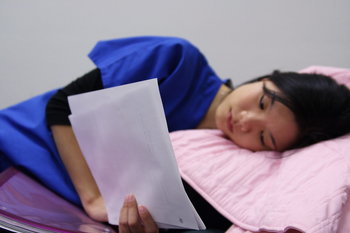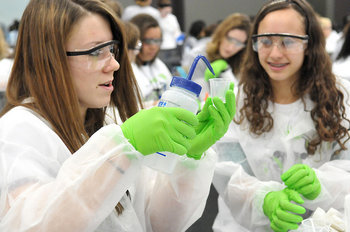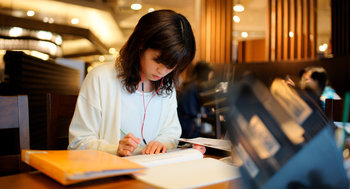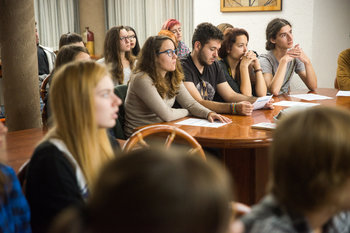Spaced Practice
Spaced practice is the process of learning the same information in separate sessions over several days or weeks. This is thought to improve long-term retention of knowledge. For example, studying a vocabulary list for 10 minutes every day for a week may result in permanent memorization of the vocabulary where studying the list for 70 minutes consecutively may only result in short term memorization of the list.Cramming
Cramming is the process of trying to remember or learn a great deal of information in a short period of time, usually in preparation for a pending test, job interview or task. This is discouraged by educators as it is thought to result in shallow learning that isn't retained or useful.Overcommunication
It is a commonly adopted principle of communication that it is better to overcommunicate than under communicate. People do remember things that they hear many times but can be remarkably good at filtering any message that feels uninteresting. If it takes 4 repetitions for people to remember a communication and they only listen 25% of the time then it may take 16 communications for them to remember your message.Attention Economics
The spacing effect is well known to marketers who can directly measure this with conversion testing whereby consumers are more likely to respond to promotions that they have seen several times over a few hours or days. Marketers use both spaced repetition and massed repetition to increase the results of campaigns. For example, you might see the same promotion multiple times on the same page and then continue to see it on a device for several days in a row.Brand Recognition
Brand recognition is the ability for consumers to recognize a brand by its name and visual symbols. People tend to prefer products that they recognize, even if they have no actual information about the brand. As such, firms may produce advertising that does nothing more than feature brand symbols in a positive context. Due to the spacing effect, consumers may not develop brand recognition until they have seen many such commercials over a period of time.Testing Effect
The testing effect is the tendency for people to remember information when they are asked to recall it. For example, using flashcards to quiz yourself on something you're trying to remember. The testing effect is often used in combination with the spacing effect to enhance learning productivity.Memory Reinforcement
After you have learned something, it is helpful to recall it again to reinforce the memory. For example, you will quickly lose vocabulary in a second language if you aren't exposed to that language for months or years. Memory reinforcement can occur with extremely infrequent learning events such as a word you heard once a year.Summary
The theory that learning efficiency and long term retention of knowledge increases as you space out learning into multiple sessions over many days.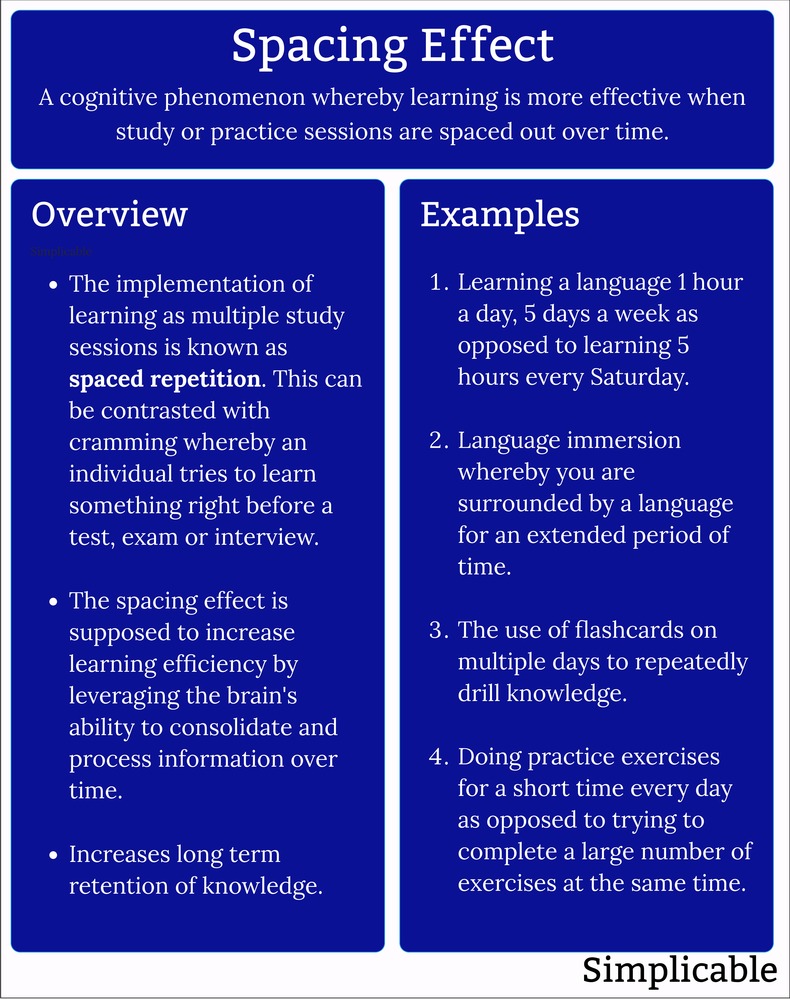
| Overview: Spacing Effect | ||
Type | ||
Definition | The tendency for long-term memory to be increased when learning events are spaced in time. | |
Related Concepts | ||



